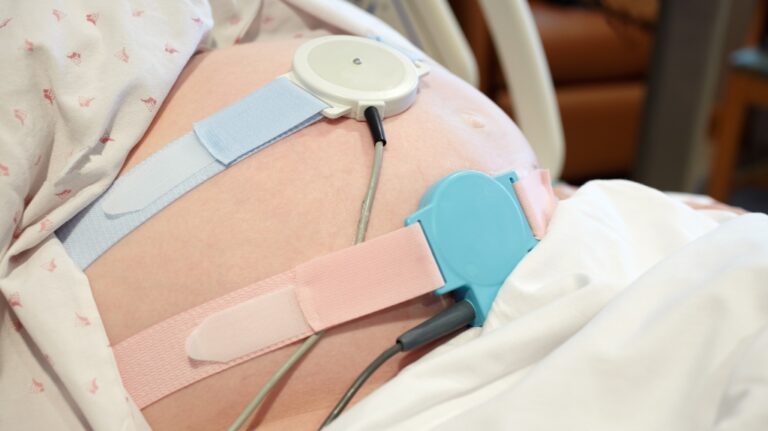The Missed Warning Signs of HIE: What Fetal Monitoring Should Have Caught
Giving birth should be one of the most joyful moments in a parent’s life. It’s the moment you’ve waited for, imagined, and planned around. But when something feels off in the delivery room, and no one seems to notice or act, that joy can quickly turn into worry and heartbreak. Hypoxic Ischemic Encephalopathy, or HIE,…










